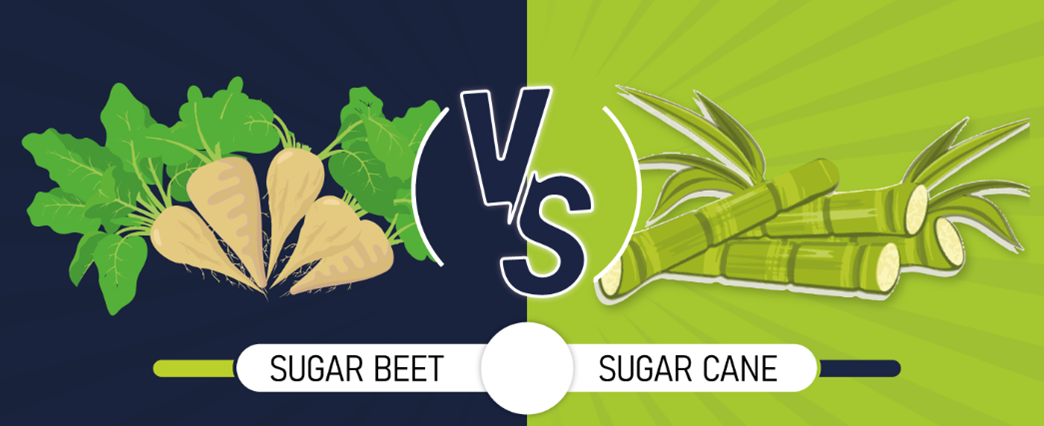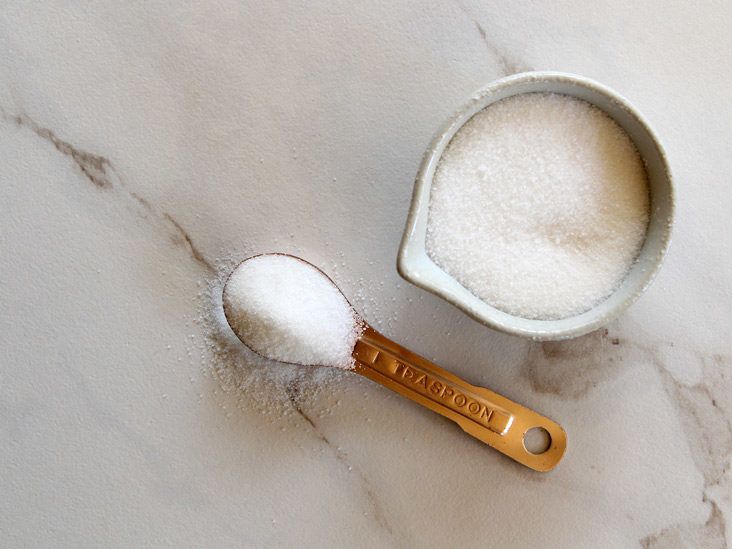Beet Sugar vs Cane Sugar: Which Is Cheaper for Your Household?
Beet Sugar vs. Cane Sugar: Key Distinctions You Should Know
The difference in between beet sugar and cane sugar prolongs past their comparable chemical make-ups; it incorporates their beginnings, production techniques, and possible wellness effects. While both sorts of sugar offer as common sweeteners, their divergent backgrounds-- beet sugar emerging in 19th century Europe and cane sugar tracing back to ancient Southeast Asia-- established the stage for a deeper exploration of their production and dietary profiles. Comprehending these distinctions may influence customer options in a market significantly concentrated on health and sustainability. What subtleties might additionally inform your choices on these sweeteners?
Beginnings of Beet Sugar
Although beet sugar has actually come to be a substantial gamer in the worldwide sugar market, its origins can be mapped back to the very early 19th century when European researchers began checking out alternate sources of sugar. The critical moment happened in 1801 when German drug store Andreas Marggraf identified sugar in the white beet, a discovery that laid the foundation for succeeding research study and business applications.
The procedure of refining beet sugar was additional progressed by his student, Franz Karl Achard, that established the initial beet sugar manufacturing facility in Prussia in 1806. This advancement accompanied the Napoleonic Battles, throughout which profession disruptions resulted in an enhanced need for residential sugar manufacturing in Europe. beet sugar vs cane sugar. Because of this, beet sugar acquired traction, particularly in nations like France and Germany

Beginnings of Cane Sugar
Cane sugar, obtained from the sugarcane plant, has a rich background that dates back thousands of years, mainly in tropical areas where the plant prospers. The earliest evidence of sugarcane cultivation can be mapped to New Guinea and Southeast Asia around 8,000 BCE. From these beginnings, expertise of sugarcane infect India, where it was very first refined into taken shape sugar by the fifth century CE.
As trade paths developed, sugarcane reached Persia, the Mediterranean, and ultimately Europe, where it was at first considered a deluxe product. The growth of sugar manufacturing took place during the Islamic Golden Age, which assisted in the transfer of farming strategies and innovations. By the 15th century, the need for sugar rose, triggering European nations to develop vineyards in the Caribbean and South America.
This change not just transformed the agricultural landscape of these areas however additionally had considerable socio-economic implications, consisting of the reliance on shackled labor. Cane sugar, as soon as a rare commodity, became a staple in diets worldwide, laying the structure for the international sugar sector we acknowledge today. Understanding its beginnings is important for valuing cane sugar's influence on culinary traditions and economic climates.
Manufacturing Processes
The manufacturing for both beet sugar and cane sugar include several necessary actions that change basic materials right into the crystalline sugar frequently made use of today. For beet sugar, the process starts with gathering sugar beetss, which are then washed and sliced right into slim cossettes. These cossettes go through warm water extraction, permitting the sugar to dissolve. The resulting juice undergoes purification, usually including lime and co2 treatment to eliminate impurities. The cleared up juice is after that concentrated through evaporation, and crystallization occurs as the syrup cools. The sugar crystals are divided from the molasses and dried out.
In comparison, cane sugar production begins with the harvesting of sugarcane, which is squashed to draw out the juice. While both processes share resemblances, the source material and details methodologies result in distinct attributes for beet and cane sugars, affecting the preferences of suppliers and consumers alike.
Nutritional Contrast
When comparing the dietary profiles of beet sugar and cane sugar, it is vital to acknowledge that both sweeteners are primarily composed of sucrose, bring about comparable energy content and calorie worths (beet sugar vs cane sugar). Both kinds of sugar typically contain concerning 4 calories per gram, making them equivalent in terms of power arrangement
Along with sucrose, both beet and cane sugars contain trace amounts of vitamins and minerals; nonetheless, these quantities are negligible and do not considerably add to daily dietary demands. For instance, both may contain minute degrees of calcium, potassium, and magnesium, yet these are not present in sufficient quantities to offer any type of substantial health and wellness benefits.
Moreover, the absence of fiber in both types of sugar underscores their role as pure sugar as opposed to sources of nourishment. beet sugar vs cane sugar. While they might provide a quick source of energy, their absence of vital nutrients emphasizes the value of moderation in intake
Eventually, from a totally dietary point ofview, beet sugar and cane sugar are practically indistinguishable, making the option in between the 2 mainly dependent on variables such as taste choice, schedule, and environmental considerations.
Health And Wellness Effects
While beet sugar and cane sugar share comparable nutritional profiles, their health and wellness implications warrant factor to consider past simple composition. Both sugars are largely made up of sucrose, which can bring about similar metabolic impacts; excessive usage can contribute to weight problems, diabetes mellitus, and cardiovascular diseases. The resource and manufacturing processes of these sugars might influence their general health impact.
Beet sugar is usually created using controversial chemicals, such as phosphoric acid, which might leave trace residues. On the other hand, cane sugar undertakes a much more standard refining procedure, which has a tendency to be less chemical-intensive. The existence of these residues in beet sugar might elevate concerns for sensitive populations or those seeking to lessen chemical direct exposure.

In addition, the growing practices of sugar beetss and sugar cane might differ, with the former commonly involving more intensive agricultural methods that can influence soil wellness and biodiversity. This agricultural context might affect the broader wellness implications of sugar consumption on a population level.
Inevitably, while both beet and cane sugars offer similar roles in the diet, consumers should take into consideration the nuances of production and sourcing when making notified options concerning their additional reading sugar intake.
Final Thought

While both types of sugar offer as usual sweeteners, their different histories-- beet sugar emerging in 19th century Europe and cane sugar tracing back to old Southeast Asia-- established the this content phase for a deeper expedition of their production and dietary profiles.The process of refining beet sugar was more progressed by his student, Franz Karl Achard, that established the initial beet sugar factory in Prussia in 1806.The manufacturing processes for both beet sugar and cane sugar include numerous important steps that change raw products right into the crystalline sugar generally used today. For beet sugar, the process begins with harvesting sugar beetss, which are then cleaned and cut right into thin cossettes. The extraction refines better differentiate the two, with beet sugar utilizing hot water removal and cane sugar entailing squashing.